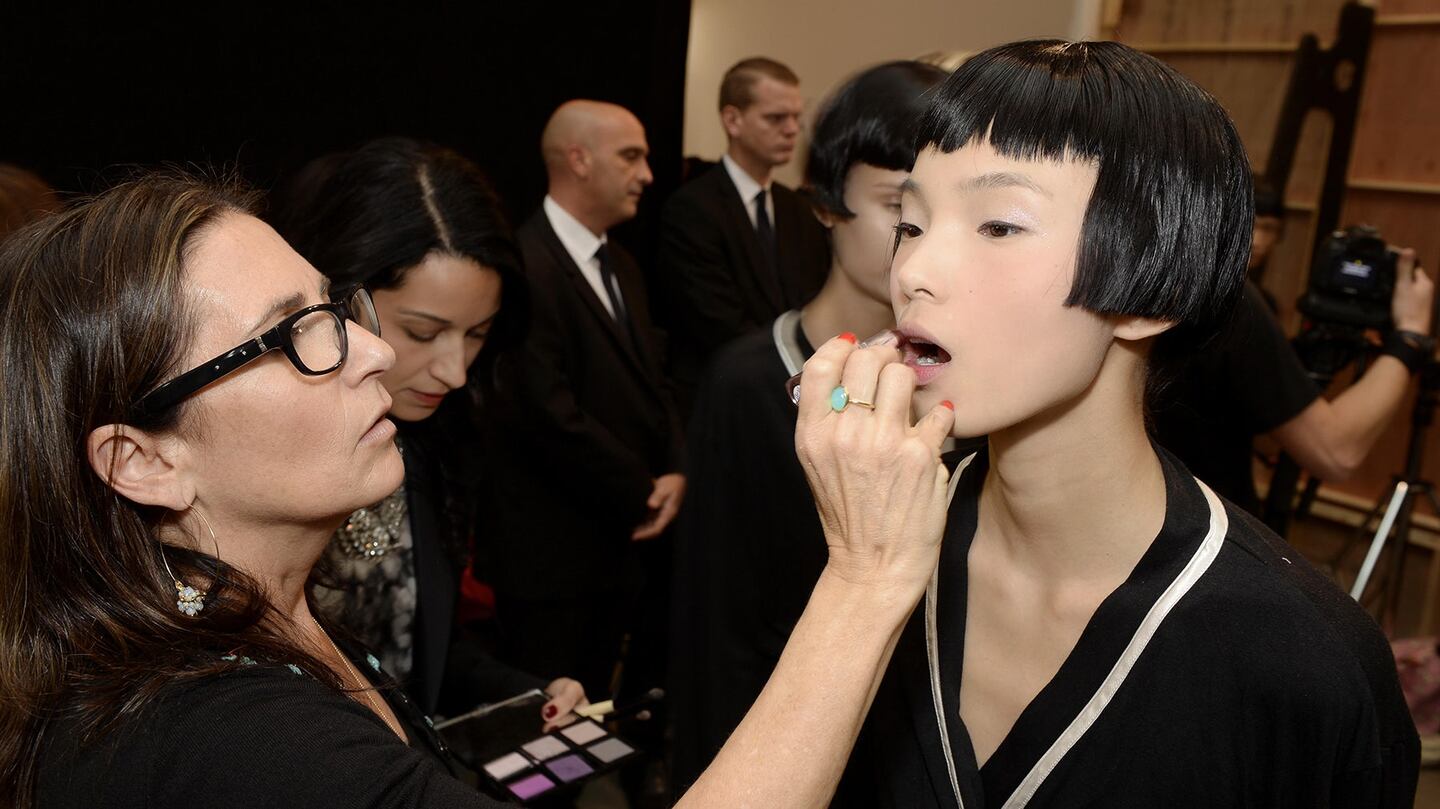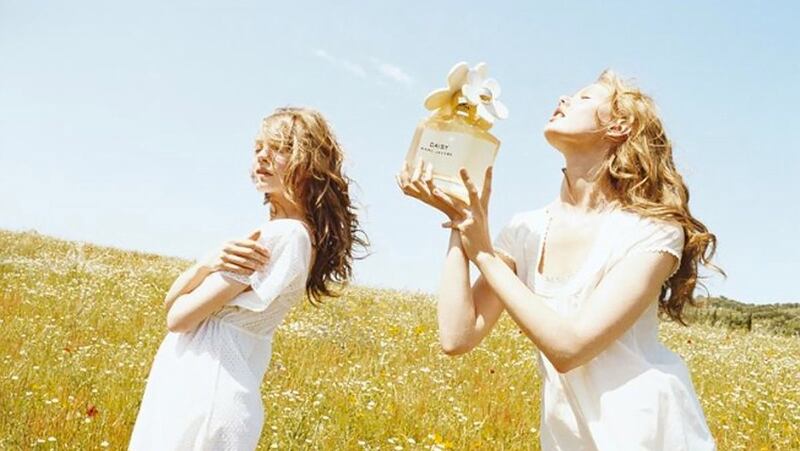
The Business of Fashion
Agenda-setting intelligence, analysis and advice for the global fashion community.

Agenda-setting intelligence, analysis and advice for the global fashion community.

Welcome to BoF's Beauty Newsletter, featuring members-only analysis and the week's top news from the frontlines of the global beauty business. Subscribe here.
By Rachel Strugatz
I'm not contesting beauty's relevance during fashion week; fashion shows will always need models, who will always need their hair and makeup done. But as someone who writes about the business of beauty for trade publications, first at WWD and now at BoF, I've always felt a little out of place reporting on it backstage. Admittedly, when I started writing this piece, the theme was going to be why backstage beauty had become passé. But then I talked to Bobbi Brown, who helped me come to a realisation: I'm no longer the target audience for backstage beauty.
THIS WEEK IN BEAUTY
ADVERTISEMENT

Marc Jacobs fragrances is a division of Coty | Source: Courtesy
By Kati Chitrakorn
Estée Lauder and Coty boosted by luxury segment. Estée Lauder raised its annual forecast after reporting better-than-expected quarterly results, sending its shares up 10 percent. According to the company, growth in the Asia-Pacific region, online and travel retail channels, and high-end brands such as La Mer and Origins fuelled a robust quarter. Meanwhile, cosmetics and perfume maker Coty said it expected to post a profit in the second half of fiscal 2019, as it reported holiday-quarter revenue and adjusted earnings that also beat estimates, sending its shares up 29 percent. The company was helped by higher sales in its luxury segment, with strong holiday demand for the Gucci, Marc Jacobs and Burberry brands.
Kardashian sisters awarded $10 million in beauty brand lawsuit. In court documents obtained by TMZ, Kim, Khloe and Kourtney were awarded $10 million in damages, the amount Hillair Capital-owned Haven Beauty claimed it initially spent "saving" Kardashian Beauty. The sisters were first sued for $180 million in 2016, after the reality television stars were accused of breaching their licensing contract by failing to promote their Kardashian Beauty brand adequately. In response, the Kardashians took legal action against Haven, saying that company sold the brand's products without their consent or involvement. They had also claimed that Hillair had not paid for products branded in their name.
Pop-up stores still valuable for beauty brands. Clinique is the latest beauty company to dive into experimental retail with the opening of its first-ever pop-up this month. The store will be dedicated to its new moisturiser product, Clinique iD. which launched in December 2018. The 10-day pop-up, located in New York City's SoHo neighbourhood, will also be a test-bed for consumer experiences like virtual reality. It follows a trend where beauty pop-up stores are increasingly becoming less about product, as some don't even carry physical inventory. Instead, they've become event spaces, offering makeup and hair masterclasses, influencer appearances, fitness classes, panels and Q&A sessions.
Instagram bridged the gap between celebrities and regular people. Social media influencers are under immense pressure to meet the same beauty standards as their traditionally famous — and often far wealthier — Hollywood counterparts. According to Apa, an aesthetic dentist with a quarter-million Instagram followers of his own, "every cosmetic procedure has just gone crazy in popularity since Instagram became a thing." Indeed, influencers have begun to normalise a whole host of cosmetic enhancements, which might have traditionally stayed confined to rarefied celebrity circles, for a generation of young consumers.
Regulations around cosmetics haven't been updated in decades. Independent researchers have found asbestos in glittery products marketed to young girls; they've linked chemicals in nail polish to serious health problems in nail technicians; and they've traced reproductive health issues and mercury poisoning to hair and skin products used by many women of color. Yet the FDA's oversight of the cosmetics industry remains astoundingly limited. The FDA also can't ensure the safety of imported cosmetics, which have doubled in volume in the past decade.
Sleep-related beauty products on the rise. The shift comes as the preoccupation with wellness — a growing market now valued at nearly $1.1 trillion — becomes more intertwined with beauty. On Sephora.com, a customer can find over 170 sleep-related products from traditional skincare items meant to work while one sleeps to more tangential items, like Slip's silk sleep masks. At Ulta.com, a shopper can find 95 items, including This Works' best-selling Deep Sleep Pillow Spray and In Transit No Traces cleansing pads. Even Hearst's Good Housekeeping is showcasing sleep products and therapies in its new Wellness Institute, which opened last month.
The Business of Beauty wants to hear from you. Send tips, suggestions, complaints and compliments to our correspondent in New York, Rachel Strugatz (rachel.strugatz@businessoffashion.com), and in London, Kati Chitrakorn (kati.chitrakorn@businessoffashion.com).
Black founders carry a markedly higher burden when it comes to educating investors on the value and viability of their business ideas — but there is an art and science behind knowing when your brand is ready and what kind of investors will be the best fit.
Landing a retail partnership is often seen as a major milestone for beauty founders — but it brings a bevy of new challenges, from the logistical complexities to setting a marketing budget. Black entrepreneurs, who typically have far less capital to work with, often face tough choices.
The firm has been working on a listing since at least 2022, with previous attempts buffeted by volatile markets.
In a three-part series, The Business of Beauty explores how Black founders Monique Rodriguez, Danessa Myricks and more built, launched and scaled their multi-million-dollar businesses. In part one, a look at how these entrepreneurs found their niche and harnessed early lessons that were critical to their growth